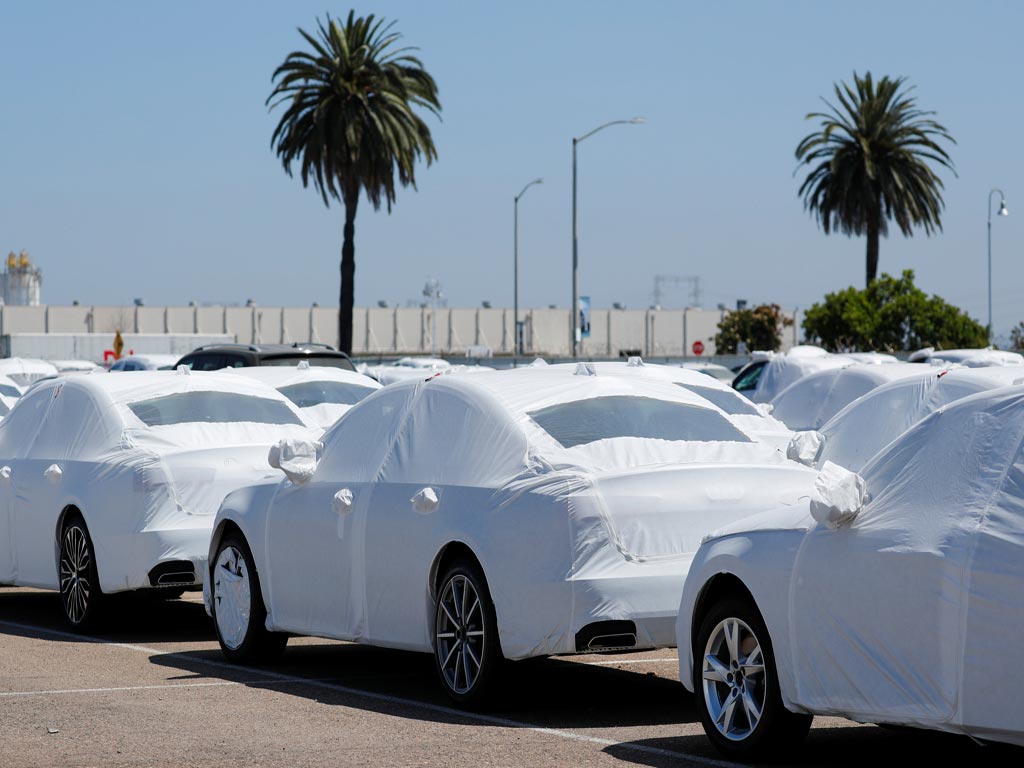Automobiles: Hindsight is 2020

The PTI policymakers have their hands full and fingers in several pies. On the one hand, the government has to make money to justify public expenditure, and on the other, it has to provide adequate incentives for manufacturers and industries to thrive. There is a delicate relationship between the two. The government will only make more money if the economy grows—that’s just math. But if past is prologue (and hindsight is 2020!), the government must remember three cardinal rules: it must keep special interest groups and lobbyists at bay, its larger agenda should be to improve markets and efficiency rather than one business or another. And while policymaking, it must first and foremost be consistent. Let’s take the automobiles sector as an example (and a forewarning).
Over the years, several automotive policies were introduced to the market, which had varying degrees of failure. One auto policy set out localization targets for automakers who could not meet these targets because of an apparent lack in demand. Policy failed. As a result, the market remained small, localization remained limited to functional, low value-add parts, and cars were unreachable to the larger population. Since imports were restricted and assemblers were protected by hefty duties on foreign cars (they still are), they had no incentive to make better quality competitive vehicles. Case in point: Pakistani cars are not exportable. Meanwhile, no policy—or quality control unit in the government—could impose safety and quality standard restrictions on car production (read more: “Automotives’ folly and its fall”, Dec 26, 2019).
Because of the absence of competition—since the three assemblers operate in different market segments—monopoly pricing took force. Assemblers set their own prices, and their factories still ran at capacity. Evidence has since suggested that car buyers in Pakistan are not as sensitive to price changes of cars (read more: “Autos: For whom the bell tolls”, Mar 27, 2019) which meant price hikes could be absorbed to a great extent. Of course, the reason for consumers’ price insensitivity was two-fold: one, car buyers are mostly from the affluent part of the population and can absorb some inflationary pressures wherever needed and two: there are few alternatives to car ownership in the country which made cars—for the aforementioned group—essential.
For a change, Suzuki rose up to the challenge and introduced more middle-income cars—the likes of Wagon-R, Cultus and now in the post-Mehran era, Alto and saw demand take off dramatically. Evidently, the market appetite was there and growing. But capacity was troublingly not. Investments among existing players was not coming as fast as an economy the size of Pakistan warrants. That brings us to the Auto Development Policy (ADP) of 2016 which from the looks of it was successful at piquing the interest of several foreign automakers. It was meant to give due competition to the three assemblers.
Two years later, we now have Kia and Hyundai with plants fully functional, and French automaker Renault on the way. Several other Chinese passenger cars and commercial vehicle manufacturers are also entering. The new automakers enjoy five year tariff concessions on imported kits, and plan on localizing many parts to assemble locally. Whether it will localize or not, is another story since no targets in the policy exist to the effect. Of course, once the incentives go away, if Kia and Hyundai plan on staying in the market, they will have to use some local parts.
The entry of new players does tip the hat to the Nawaz-Miftah team who curated the policy and ran with it. But several questions remain. Will the new players actually give competition to existing players? Will they follow the roadmap drawn by existing assemblers? (Read more: “Calling a spade a shovel!” Sep 24, 2019). What will be the depth of localization? Will the automotive industry—particularly the auto parts segment—progress technologically? The policy document certainly does not answer that.
But then comes the new PTI government with its lofty plans of righting all the wrongs and in doing so, somehow loses the plot. In only the past few months, the government has approved an electric vehicle policy which has no ownership. Both Ministry of Industries and Ministry of Climate Change are at loggerheads claiming it to be their jurisdiction (read more: “Charging…II”, Nov 28, 2019). But if that was not worse, the policy has the worst timing. The ADP 2016 had given incentives for new Greenfield plants that are entirely fossil fuel based. All the new players have set their long term plans based on that policy. Then comes this new electric vehicle policy which promises to import a large number of electric vehicles into the market with tariff cuts. This essentially takes away the advantages (concessions on kits, and completely built unit imports) that the new players were enjoying with the ADP 2016. Obviously, these players are nascent, have merely started testing their vehicles on the road and as businesses are still finding a footing in the market (read more: “Charging…III”, Dec 3, 2019).
Ideally, the EV policy should have been consolidated with the ADP 2016 which still has two more years to go. But already, the government is contemplating another automotive policy on top of the existing two (read more: “The new (new) auto policy”, Dec 11, 2019), which makes little to no sense. The market does not need more policies stacking up over one another. We are not playing Jenga! The market needs better governance, consistency and coherence in incentivizing and regulating the industry. Eventually, the purpose should be to improve market efficiency and instill values of free and fair competition so that everyone—including car buyers and auto part SMEs (and not just shareholders and mega-businesses)—can reap the gains.


























Comments
Comments are closed.